The Birth of an Architectural Style
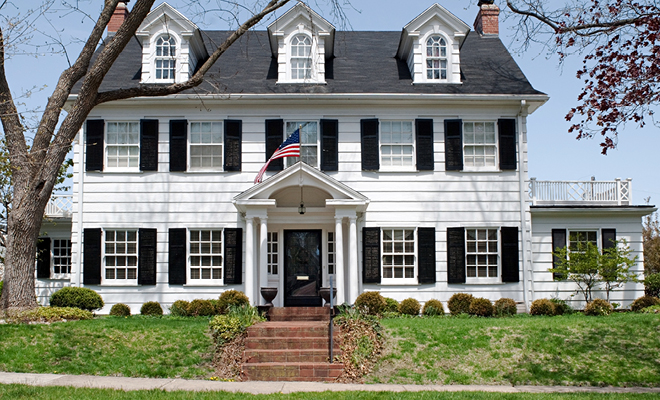
The Fourth of July is a holiday that precisely defines America, celebrating the thirteen colonies’ declaration of independence in 1776. When I think about the Fourth, vivid memories of watermelon-eating contests in the summer heat accompany the smiles shared with my family outside our colonial-style home. The two-story façade is characterized by 18-foot columns creating an entry porch, symmetrically balanced windows with shutters, a side-gabled roof, and a semi-circle fanlight over our paneled red door. Just like the Fourth symbolizes the birth of America, my childhood home symbolizes the birth of American residential architecture.
Colonial architecture was derived from early European colonists settling in the States, bringing with them the building techniques and architectural styles of their home countries. Truly, the styles are the epitome of America: a synthesized product of various cultures shaping the environment in which we live. Colonial architecture has left its mark on American neighborhoods, with the distinct forms and details of its various styles characterized accordingly:
English Cottage/Saltbox
English Cottage and Saltbox houses are typically one or two rooms deep with steeply pitched gabled roofs and small casement windows.
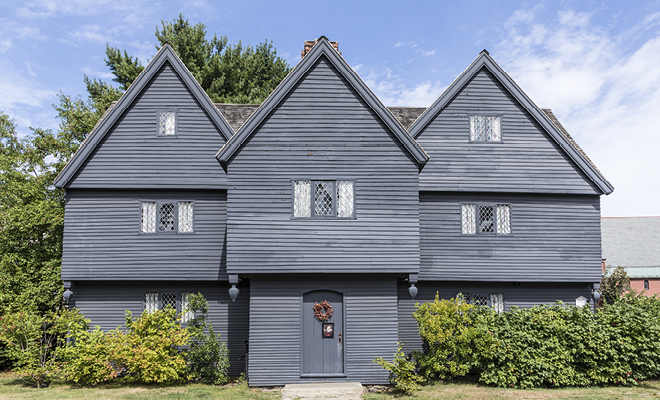
Dutch Colonial
Dutch Colonial houses have a distinct flared roofline and symmetrical features.
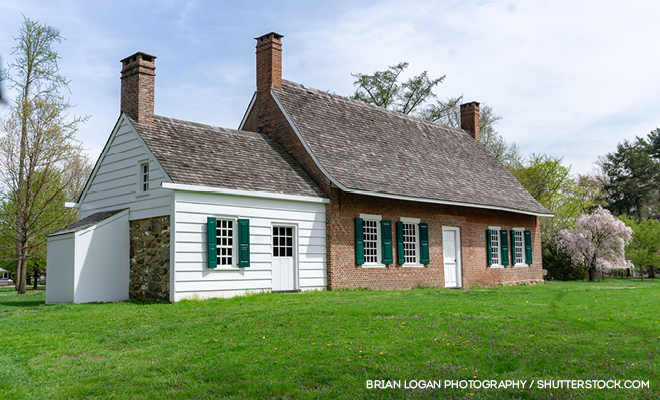
French Colonial
Depending on the location, French Colonial houses were either side-gabled with flared overhanging eaves, or were hipped with an integral porch on a raised foundation.
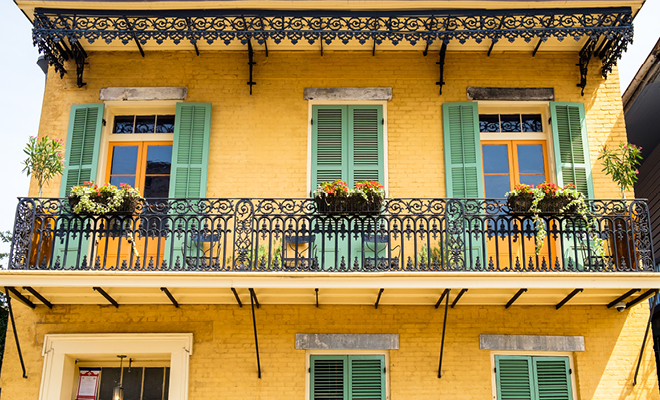
Spanish Colonial
Spanish Colonial houses incorporated thick masonry walls of adobe brick or stone, usually protected with stucco. Openings were typically much smaller than other Colonial style houses.
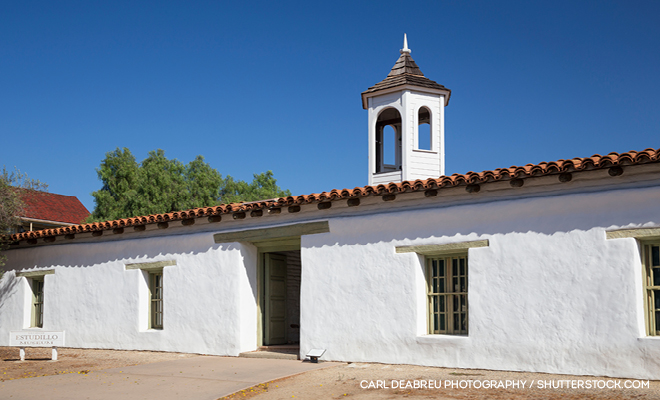
Georgian
Georgian houses are the most long-lived styles of American architecture, growing from the Italian Renaissance by emphasizing classical details.
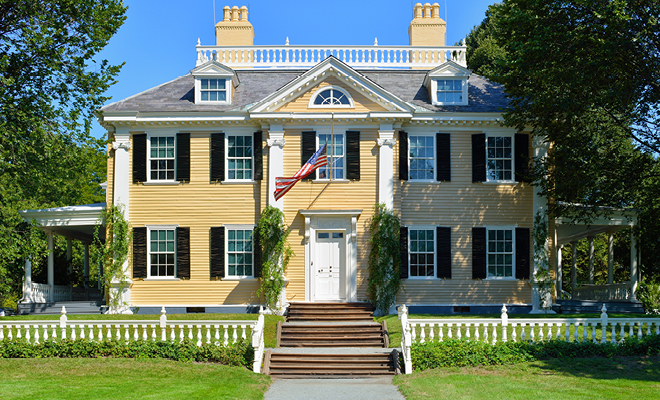
Adam
Adam houses are less ornate than Georgian; its detail lies in the semi-circular or elliptical fanlight over an accentuated front door.
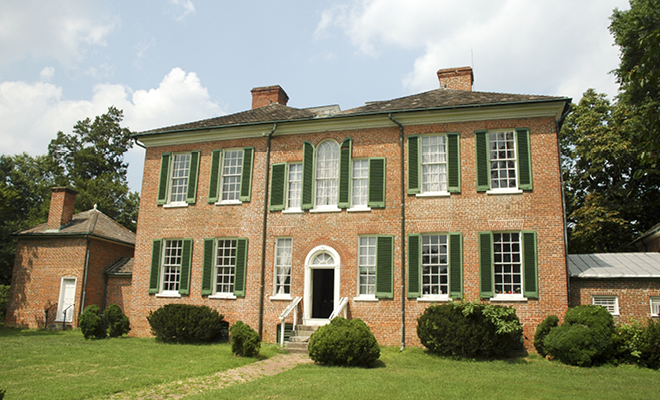
Classical Revival
Classical Revival houses are characterized by a dominating entry porch that extends the full height of the building.
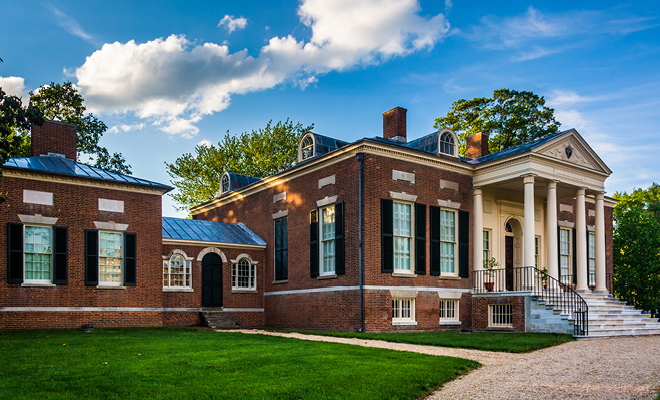
Regardless of how you celebrate the Fourth, or what style of Colonial architecture may resonate with you, the diversity in traditions and architecture are what epitomize America—and that is something to celebrate. Happy Fourth!

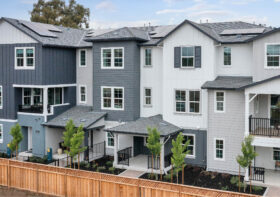

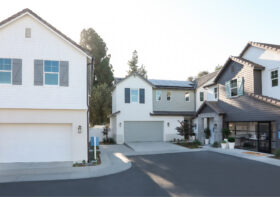
Leave a Reply